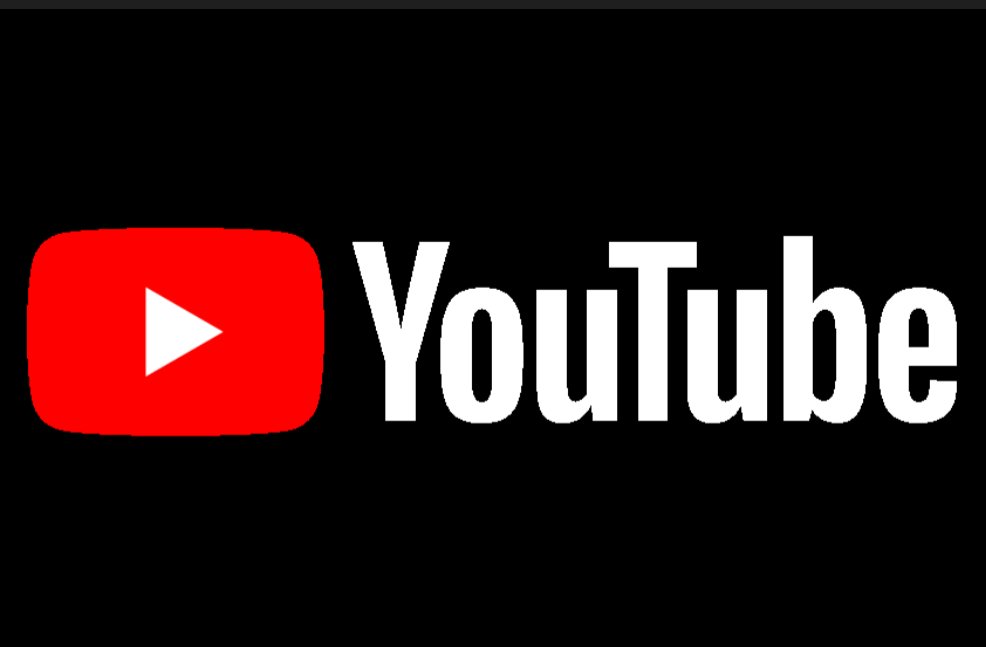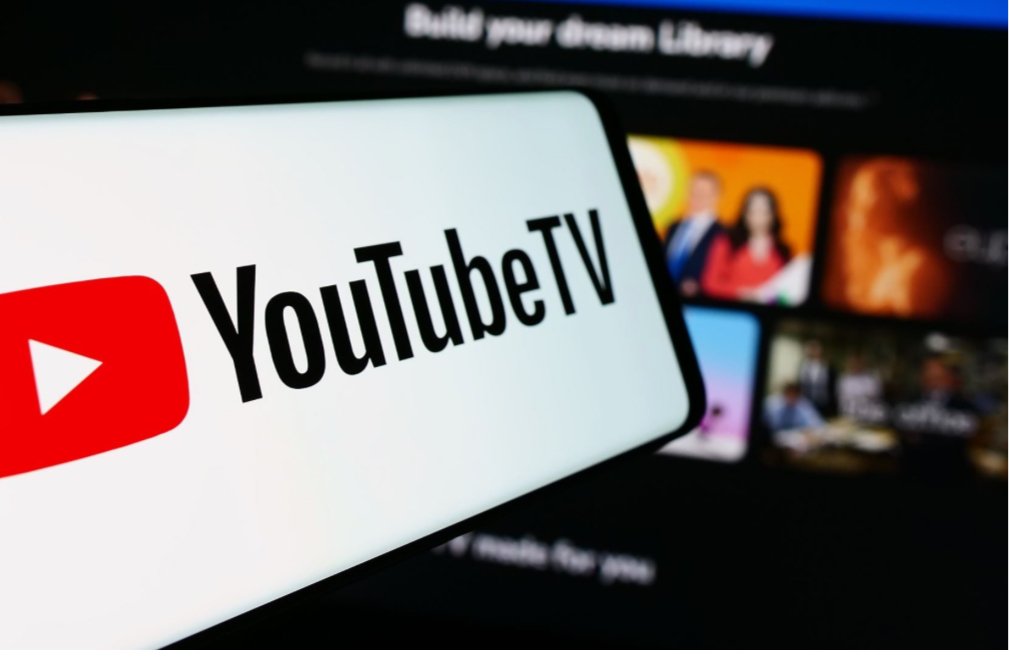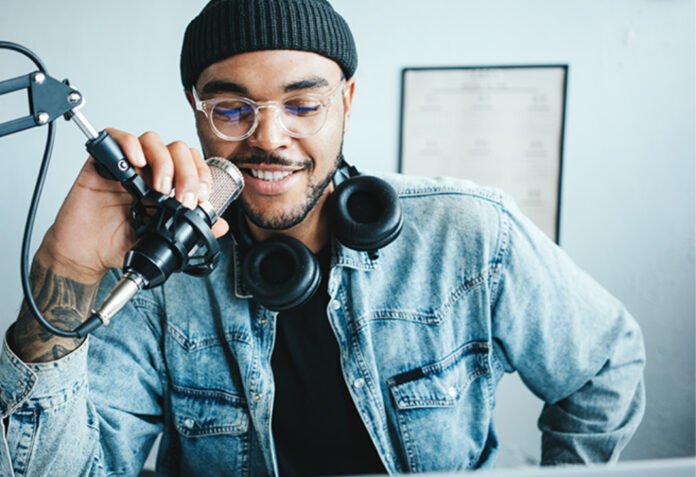In today’s digital landscape, YouTube drama channels have exploded in popularity, becoming a central hub for online controversies, influencer gossip, and social commentary. No longer fringe entertainment, these channels now hold significant power in shaping public opinion, influencing everything from consumer behavior to cultural debates.
But how exactly do YouTube drama channels shape what we think—and why are millions tuning in?

Emotional Engagement Drives Views
Humans are naturally drawn to stories—and drama channels craft narratives that evoke strong emotions like outrage, sympathy, or curiosity. Whether reporting on influencer scandals, alleged misconduct, or brand controversies, these channels package content in ways that encourage audiences to pick sides.
The Appeal of “Receipts”
A defining trait of YouTube drama channels is their emphasis on “receipts”—screenshots, clips, and leaks that allegedly prove wrongdoing. The use of visual evidence appeals to viewers’ desire for authenticity and transparency, even as it fuels public judgment before all facts emerge.
Influencers and brands subjected to coverage by YouTube drama channels often experience immediate public backlash. In some cases, this leads to “cancellation”, loss of sponsorships, and reputational harm.
At the same time, drama channels create opportunities for redemption, as influencers leverage interviews, apologies, and clarifications to rebuild trust. This cycle generates content that feeds the ecosystem—keeping viewers invested in the unfolding drama.
YouTube drama channels often use polls, comment sections, and community posts to amplify voices from their audiences. This feedback loop shapes the perception of what is considered right or wrong within digital communities.
The phenomenon of “social proof” means that when viewers see large volumes of likes, shares, and heated comments, they may adopt similar opinions—even when lacking direct knowledge of the situation.
Drama content is lucrative for creators. Higher view counts drive advertising revenue, sponsorship opportunities, and channel growth. Some channels even offer paid memberships for “exclusive tea” or behind-the-scenes gossip, monetizing controversy itself.
This creates a perverse incentive to escalate minor disputes into headline-worthy controversies, making YouTube drama channels a self-sustaining machine that thrives on public attention.
As drama channels blur the line between entertainment and investigative reporting, questions arise about their role in responsible media. Unlike traditional journalists, many creators lack editorial standards or fact-checking processes, yet their content often wields comparable influence.
A key distinction is the parasocial relationship between creators and audiences. Viewers may trust their favorite drama YouTuber more than mainstream outlets, accepting opinions as facts and further entrenching online polarization.

Beyond individual influencers, YouTube drama channels play a significant role in shaping cultural conversations—from discussions about mental health and diversity to online harassment and creator burnout.
By highlighting controversies, they act as cultural commentators, encouraging audiences to engage critically (or cynically) with the online personalities they follow.
- Check multiple sources: Avoid forming opinions based solely on one channel’s narrative.
- Be mindful of editing and bias: Understand that creators may frame stories for maximum impact.
- Look for primary sources: Screenshots and clips may lack full context.
- Remember the human impact: Real people are often at the center of these controversies.
As YouTube continues evolving as a platform, drama channels are likely to become even more sophisticated—leveraging AI tools for content analysis, producing polished mini-documentaries, and expanding into podcasting, insider tells the innovative stories
Brands and influencers will increasingly need crisis management strategies tailored for the YouTube drama ecosystem, recognizing that reputation management now happens in real time.
While YouTube drama channels originated primarily in the U.S., their influence is now truly global. Viewers across Europe, Asia, Latin America, and Africa tune in to commentary on influencers and controversies far beyond their own borders. This globalization of drama content not only broadens the audience for creators but also shapes public opinion worldwide, introducing diverse cultures to online controversies they might otherwise never encounter.
International audiences often view these dramas through different cultural lenses. What might spark outrage in one country may be met with indifference or even humor elsewhere. This dynamic creates a feedback loop where YouTube drama channels must tailor content to global sensitivities, yet they also influence what issues gain traction in international conversations.
Moreover, as platforms like TikTok face major regulatory changes and even potential sales (read our article on the TikTok U.S. sale and what it means for creators), YouTube is poised to capitalize on the shifting attention. Drama channels could see even greater power as audiences migrate from one platform to another, carrying their appetite for commentary and controversy with them.
In short, YouTube drama channels aren’t just shaping local public opinion anymore—they’re influencing cultural narratives on a global scale.
“Want to know more about platform ownership shifts? Don’t miss our guide on the U.S. sale of TikTok.”





